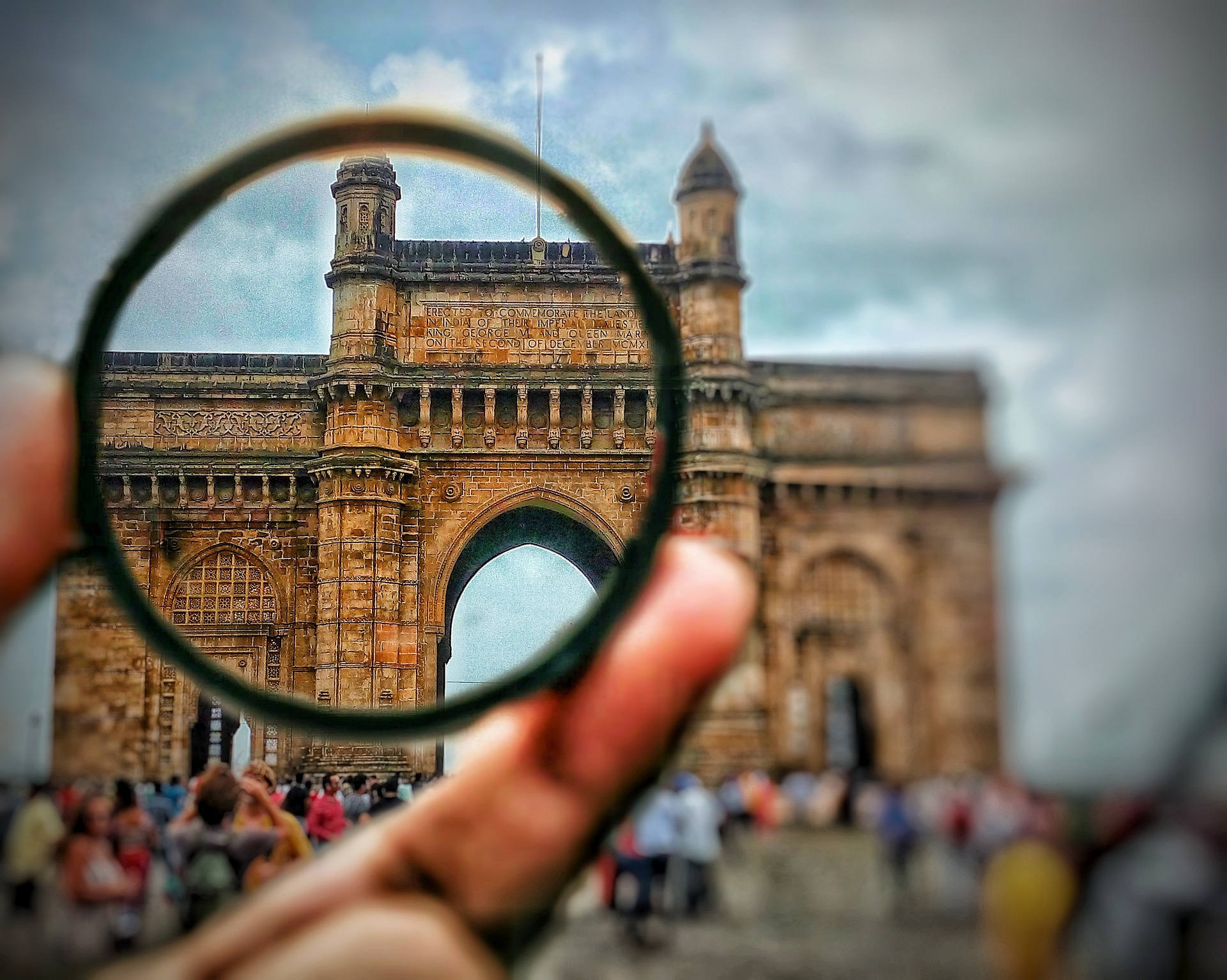Mumbai, the bustling financial capital of India, is known for its vibrant energy, towering skyscrapers, and relentless traffic. However, beneath its fast-paced lifestyle lies a growing concern for environmental sustainability. As air pollution levels rise and the effects of climate change become more pronounced, the city is increasingly turning to innovative solutions to combat these challenges. Solution is the adoption of electric vehicles (EVs). Electric vehicles in Mumbai are not just a trend; they represent a transformative shift towards a cleaner, greener, and more sustainable urban future.
The Need for Electric Vehicles in Mumbai
Mumbai, like many other metropolitan cities, faces severe air pollution. The primary contributors to this pollution are vehicular emissions, industrial activities, and construction dust. According to a report by the System of Air Quality and Weather Forecasting and Research (SAFAR), Mumbai’s air quality often dips to “poor” or “very poor” levels, especially during the winter months. The city’s reliance on fossil fuel-powered vehicles, including cars, buses, auto-rickshaws, and two-wheelers, exacerbates the problem.
Electric vehicles offer a promising alternative. By replacing internal combustion engine (ICE) vehicles with EVs, Mumbai can significantly reduce its carbon footprint, improve air quality, and mitigate the adverse health effects associated with pollution. Moreover, EVs are quieter, contributing to a reduction in noise pollution, which is another pressing issue in the city.
Types of Electric Vehicles in Mumbai
Electric vehicles come in various forms, catering to different segments of the population. In Mumbai, the following types of EVs are gaining traction:
- Electric Two-Wheelers:
Electric scooters and motorcycles are among the most popular EVs in Mumbai. Companies like Ather Energy, Ola Electric, and Revolt Motors have introduced stylish, high-performance electric two-wheelers that are ideal for navigating the city’s congested streets. These vehicles are not only affordable but also cost-effective to maintain, making them a preferred choice for daily commuters. - Electric Three-Wheelers:
Auto-rickshaws are a common sight in Mumbai, and their electrification is a significant step towards reducing emissions. Electric three-wheelers, such as those manufactured by Mahindra Electric and Kinetic Green, are increasingly being used for last-mile connectivity. These vehicles are particularly beneficial for short-distance travel and are often used in shared mobility services. - Electric Cars:
Electric cars are gaining popularity among Mumbai’s residents, thanks to advancements in technology and the availability of more models. Companies like Tata Motors (with the Nexon EV) and MG Motor (with the ZS EV) have introduced electric cars that offer a comfortable and eco-friendly driving experience. These vehicles are ideal for families and individuals looking for a sustainable alternative to conventional cars. - Electric Buses:
The BEST (Brihanmumbai Electric Supply and Transport) Undertaking has been a pioneer in introducing electric buses in Mumbai. These buses are part of the city’s public transportation fleet and are gradually replacing diesel-powered buses. Electric buses are not only environmentally friendly but also provide a quieter and more comfortable ride for passengers. - Electric Commercial Vehicles:
The logistics and delivery sector in Mumbai is also embracing electric vehicles. Companies like Amazon, Flipkart, and Swiggy are increasingly using electric vans and bikes for last-mile deliveries. This shift is driven by the need to reduce operational costs and meet sustainability goals.
Charging Infrastructure: The Backbone of EV Adoption
One of the critical challenges for EV adoption in Mumbai is the development of a robust charging infrastructure. Unlike conventional vehicles, EVs require regular charging, and the availability of charging stations is crucial for their widespread adoption. Recognizing this, the Brihanmumbai Municipal Corporation (BMC) and private players have been working to set up charging stations across the city.
Types of Charging Stations
- Home Charging Stations:
Home charging is the easiest and most accessible option for EV owners. It involves installing a charging point at home, allowing users to charge their vehicles overnight. Home charging stations are typically slow chargers, providing a full charge in 6-8 hours. This option is ideal for individuals who have dedicated parking spaces and can charge their vehicles at leisure. - Public Charging Stations:
Public charging stations are essential for EV users who do not have access to home charging or need to charge their vehicles while on the go. These stations are located at strategic points across the city, including petrol pumps, shopping malls, office complexes, and residential buildings. Public charging stations can be categorized into:
- Slow Chargers: These chargers provide a full charge in 6-8 hours and are suitable for long-duration parking, such as at workplaces or shopping malls.
- Fast Chargers: Fast chargers can charge an EV to 80% in 1-2 hours, making them ideal for quick top-ups during short stops.
- Ultra-Fast Chargers: These chargers can charge an EV to 80% in 30-45 minutes, offering the quickest charging solution. However, they require high-power infrastructure and are more expensive to install.
- Battery Swapping Stations:
Battery swapping is an innovative solution that addresses the issue of long charging times. Instead of waiting for their vehicle to charge, users can simply swap their depleted battery with a fully charged one at a swapping station. This method is particularly popular among electric two-wheeler and three-wheeler users. Companies like Sun Mobility and Bounce are leading the way in battery swapping technology.
Current Status of Charging Infrastructure in Mumbai
Mumbai currently has over 100 public charging stations, with plans to increase this number significantly in the coming years. The Maharashtra State Electricity Distribution Company Limited (MSEDCL) has been tasked with ensuring that the power supply for these stations is reliable and sustainable. Additionally, private players like Tata Power and Fortum are actively involved in setting up and operating charging stations across the city.
The BMC has also identified locations for setting up charging stations, including major roads, highways, and public parking lots. The goal is to create a dense network of charging points that ensures EV users can easily find a charging station within a 3-4 km radius.
Electric Public Transport: A Game-Changer
Public transportation is the lifeline of Mumbai, and electrifying this sector can have a massive impact on reducing emissions. The BEST (Brihanmumbai Electric Supply and Transport) Undertaking, which operates the city’s bus services, has already introduced electric buses into its fleet. As of 2023, BEST has over 400 electric buses, with plans to transition to a fully electric fleet by 2027.
Electric buses not only reduce emissions but also offer a quieter and more comfortable ride for passengers. The success of electric buses in Mumbai has inspired other cities in India to follow suit, making Mumbai a pioneer in sustainable public transport.
Challenges and Roadblocks
Despite the progress, the adoption of electric vehicles in Mumbai faces several challenges. High upfront costs of EVs, limited driving range, and the lack of widespread charging infrastructure are some of the primary concerns. Additionally, the city’s dense population and limited space make it difficult to set up charging stations in certain areas.
Consumer awareness is another hurdle. Many Mumbaikars are still unaware of the benefits of EVs or are hesitant to switch due to misconceptions about their performance and maintenance. Addressing these concerns through education and awareness campaigns is essential for accelerating EV adoption.
The Role of Private Players and Startups
The private sector has played a significant role in driving the EV revolution in Mumbai. Companies like Tata Motors, Mahindra Electric, and Ola Electric have introduced affordable and efficient electric vehicles tailored to the Indian market. Ride-hailing platforms like Uber and Ola are also incorporating EVs into their fleets, offering eco-friendly travel options to commuters.
Startups are another driving force behind the EV ecosystem. Companies like Ather Energy and Revolt Motors are innovating in the electric two-wheeler segment, while others are focusing on battery technology and charging solutions. These startups are not only creating cutting-edge products but also generating employment and boosting the local economy.
Environmental and Economic Benefits
The shift to electric vehicles in Mumbai has far-reaching benefits. Environmentally, EVs produce zero tailpipe emissions, reducing the city’s reliance on fossil fuels and improving air quality. This, in turn, can lead to better public health outcomes, as lower pollution levels are linked to reduced rates of respiratory and cardiovascular diseases.
Economically, the EV industry has the potential to create thousands of jobs in manufacturing, maintenance, and infrastructure development. Additionally, the reduced operating costs of EVs, thanks to lower fuel and maintenance expenses, can lead to significant savings for consumers in the long run.
The Road Ahead
Mumbai’s journey towards becoming an EV-friendly city is well underway, but there is still much work to be done. To achieve its goals, the city must focus on:
- Expanding Charging Infrastructure: Increasing the number of charging stations and ensuring their accessibility is crucial for encouraging EV adoption.
- Incentivizing Consumers: Continued subsidies, tax benefits, and low-interest loans can make EVs more affordable for the average Mumbaikar.
- Promoting Awareness: Educating the public about the benefits of EVs and addressing misconceptions can drive consumer interest.
- Encouraging Innovation: Supporting startups and research in battery technology, renewable energy integration, and smart charging solutions can enhance the EV ecosystem.
Conclusion
Electric vehicles in Mumbai are more than just a mode of transportation; they represent a commitment to a sustainable and resilient future. As the city embraces this transformation, it sets an example for other urban centers in India and around the world. By overcoming challenges and leveraging opportunities, Mumbai can pave the way for a cleaner, greener, and more prosperous tomorrow. The road ahead may be long, but with collective effort and innovation, the vision of an electric Mumbai is within reach.



Pingback: Electric Vehicles in Palma: A Comprehensive Guide to Types and Charging Infrastructure - Tech Master Online